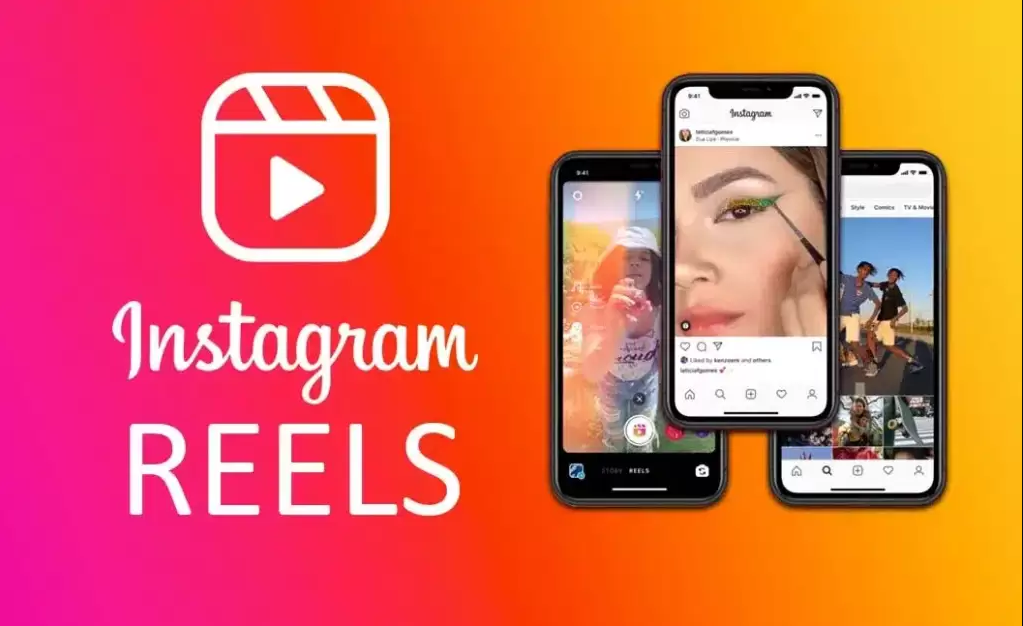Instagram has begun testing a new picture-in-picture (PiP) feature for its short-form video product, Reels, in a move that could significantly alter how users consume and interact with content on the platform.
The update allows users to keep watching Reels in a small floating window while continuing to browse other sections of the app or even engage with different tasks on their devices.
Reels, Meta’s response to TikTok’s dominance in short-form video, has been one of Instagram’s fastest-growing features. By adding PiP functionality, the platform is positioning itself as not just a place to scroll endlessly but also as a tool that integrates seamlessly with multitasking behaviors.
For users who juggle chats, explore feeds, or even toggle between apps, the feature means they no longer have to sacrifice entertainment for productivity—or vice versa.
A Competitive Edge Against TikTok and YouTube
Meta’s new experiment is widely seen as an attempt to sharpen Instagram’s competitive edge against rivals TikTok and YouTube Shorts, both of which have been aggressively expanding features to retain user attention.
While TikTok prioritizes immersive, full-screen content consumption, Instagram’s PiP test suggests a pivot: keeping content visible while acknowledging that users often want to multitask. In contrast, YouTube already offers PiP on its app, giving Instagram another incentive to catch up in the video streaming race.
For creators, PiP could reshape engagement metrics. On one hand, videos may benefit from longer watch times since users can let them play while doing other activities. On the other, creators may worry that diluted attention—viewers watching in smaller windows while distracted—could impact how deeply audiences engage with content.
Still, the move could unlock new monetization avenues for Meta if higher watch times translate into greater ad exposure.
Why it Matters
Instagram’s test reflects a wider trend: platforms are bending to the reality that modern users are multitaskers. The attention economy no longer thrives solely on immersion; it now competes on adaptability.
Critics, however, caution that this could deepen digital distraction, especially among younger audiences already struggling with screen-time habits. If Reels can follow you into every corner of your phone, the line between productivity and distraction could blur even further.
The feature remains in testing, and Meta has not provided a timeline for a wider rollout. But if successful, picture-in-picture could soon become a staple not just on Instagram but across other Meta platforms, reshaping how billions of users consume short-form video.
Talking Points
Africa’s youth are Instagram’s biggest untapped market, yet innovations like PiP are designed in the West and simply dumped on us as finished products. Instead of being co-creators of digital futures, Africans risk becoming passive consumers of distractions.
Shouldn’t our governments, universities, and startups be pushing for local platforms that solve local challenges, not just platforms that monetize our attention?
PiP may look harmless, but behind it lies a fierce battle for the attention economy. More watch time means more ads. More ads mean more money for Instagram.
But where does that leave Africa? We remain net importers of digital platforms, exporting data and attention while importing distraction. The cycle is dangerous: we enrich foreign tech giants while stifling our own innovation potential.
For creators, PiP may inflate numbers, but at what cost? If African content is only half-watched while users reply to WhatsApp messages, does it really build influence? Or is Instagram quietly training us to accept shallow, fragmented engagement as the new normal?
Instagram has begun testing a new picture-in-picture (PiP) feature for its short-form video product, Reels, in a move that could significantly alter how users consume and interact with content on the platform.
The update allows users to keep watching Reels in a small floating window while continuing to browse other sections of the app or even engage with different tasks on their devices.
Reels, Meta’s response to TikTok’s dominance in short-form video, has been one of Instagram’s fastest-growing features. By adding PiP functionality, the platform is positioning itself as not just a place to scroll endlessly but also as a tool that integrates seamlessly with multitasking behaviors.
For users who juggle chats, explore feeds, or even toggle between apps, the feature means they no longer have to sacrifice entertainment for productivity—or vice versa.
A Competitive Edge Against TikTok and YouTube
Meta’s new experiment is widely seen as an attempt to sharpen Instagram’s competitive edge against rivals TikTok and YouTube Shorts, both of which have been aggressively expanding features to retain user attention.
While TikTok prioritizes immersive, full-screen content consumption, Instagram’s PiP test suggests a pivot: keeping content visible while acknowledging that users often want to multitask. In contrast, YouTube already offers PiP on its app, giving Instagram another incentive to catch up in the video streaming race.
For creators, PiP could reshape engagement metrics. On one hand, videos may benefit from longer watch times since users can let them play while doing other activities. On the other, creators may worry that diluted attention—viewers watching in smaller windows while distracted—could impact how deeply audiences engage with content.
Still, the move could unlock new monetization avenues for Meta if higher watch times translate into greater ad exposure.
Why it Matters
Instagram’s test reflects a wider trend: platforms are bending to the reality that modern users are multitaskers. The attention economy no longer thrives solely on immersion; it now competes on adaptability.
Critics, however, caution that this could deepen digital distraction, especially among younger audiences already struggling with screen-time habits. If Reels can follow you into every corner of your phone, the line between productivity and distraction could blur even further.
The feature remains in testing, and Meta has not provided a timeline for a wider rollout. But if successful, picture-in-picture could soon become a staple not just on Instagram but across other Meta platforms, reshaping how billions of users consume short-form video.
Talking Points
Africa’s youth are Instagram’s biggest untapped market, yet innovations like PiP are designed in the West and simply dumped on us as finished products. Instead of being co-creators of digital futures, Africans risk becoming passive consumers of distractions.
Shouldn’t our governments, universities, and startups be pushing for local platforms that solve local challenges, not just platforms that monetize our attention?
PiP may look harmless, but behind it lies a fierce battle for the attention economy. More watch time means more ads. More ads mean more money for Instagram.
But where does that leave Africa? We remain net importers of digital platforms, exporting data and attention while importing distraction. The cycle is dangerous: we enrich foreign tech giants while stifling our own innovation potential.
For creators, PiP may inflate numbers, but at what cost? If African content is only half-watched while users reply to WhatsApp messages, does it really build influence? Or is Instagram quietly training us to accept shallow, fragmented engagement as the new normal?





